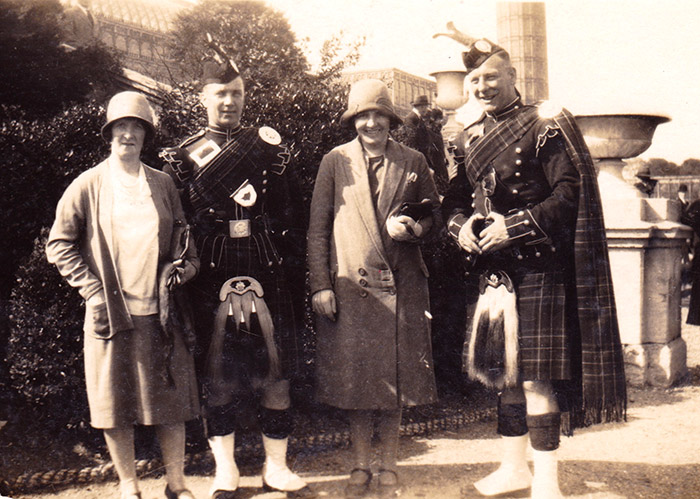
The iconic tune, Lament for Mary MacLeod, was the subject of a Piobaireachd Society tutorial given by PP editor Robert Wallace last month. There was a good discussion during the talk, some of which centered on the playing of high A instead of high G in the variation doublings.
I’m most probably in a minority, but Mary MacLeod with the high A is my personal preference. To me, the high A is more in keeping with this lovely, melodic tune. But whether it’s played with high A or G and played well, what does it matter? It’s all about personal preference.
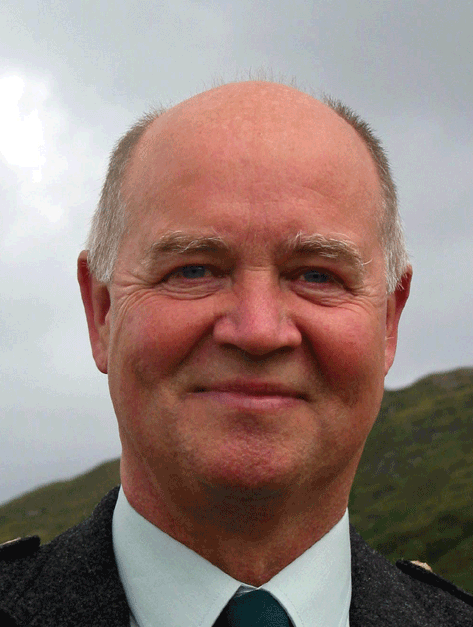
By Archie Maclean
I have my father, P/M John Maclean’s hand-notated setting of it from the Pipe Major’s course at Edinburgh Castle under Willie Ross’s tuition and it contains the high A [see below].
I was present at Donald MacPherson’s recital in 1977 in Eden Court Theatre, Inverness, when he played Mary MacLeod. The other recitalist was P/M Angus MacDonald (Scots Guards) – two contrasting personalities and styles resulting in an excellent evening’s piping.
The Fear an Tigh (MC) for the evening was Lt. Col. David Murray. Before Donald played his piobaireachd, Col. Murray introduced him and the tune – and added that Donald would be playing it with the high G. Donald played high A instead!
On completion of an exquisite performance to loud applause, Col. Murray conceded that Donald had indeed played high A instead of high G. A memorable evening.
Here is the music in my father’s hand:
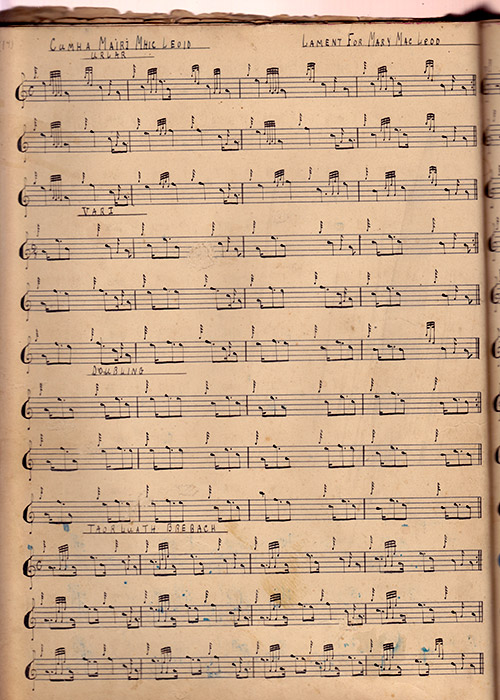
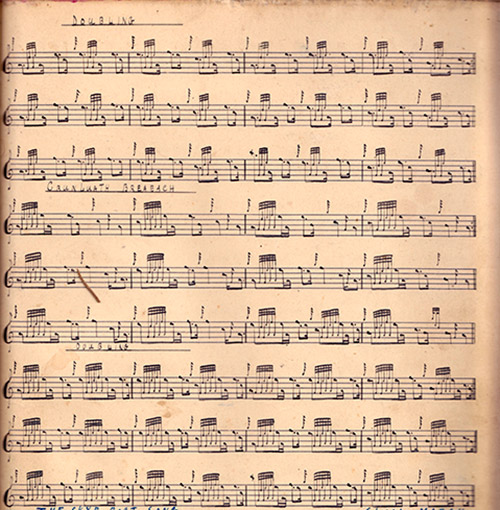
It was carefully produced over two pages as shown in these two separate images. To me, it’s a work of art – no computer-generated MuseScore or Sibelius in these days. Just a nibbed pen, ink and a straight-edge rule for the vertical bar lines and for underlining lettering. Very time-consuming, and with no Tippex yet invented to cover up mistakes.
You’ll notice one error – a wee spelling mistake in TAORLUATH BREABACH. He’s missed out the A after E in BREABACH, but gets it right in CRUNLUATH BREABACH.
Note also that the notes face left, whereas later staff notation shows notes facing right. Of all the various settings of the tune, I still prefer this one.
Regarding the recent article about P/M J B Robertson, I thought some readers might be interested in the photo [top]. It shows my father and ‘big’ Robbie with two admirers and taken in the days before ‘selfies’!
I would love to know where this photo was taken – public gardens, possibly in or near London? My father was at that time Pipe-Corporal and Robbie Pipe-Sergeant of the 1st Battalion Scots Guards. It was taken in 1928 while they were stationed at Aldershot where, in another photograph, the pipers were photographed wearing their new feather bonnets (see Scots Guards book no.1).
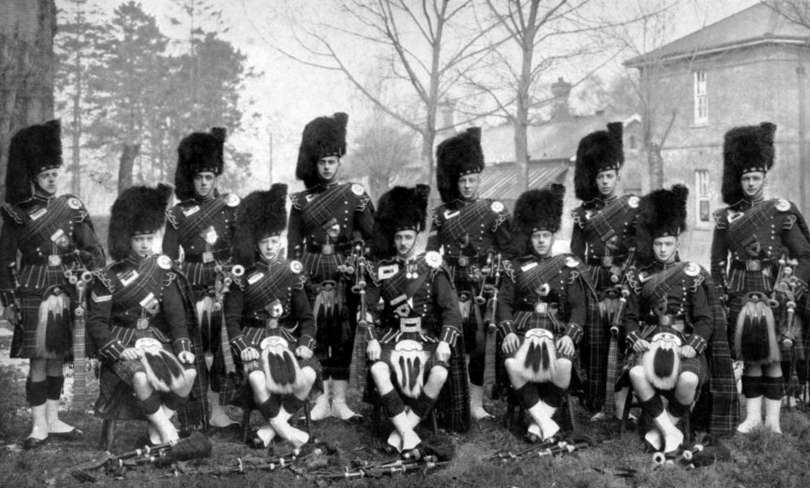
Listen to Donald MacPherson playing the tune from that memorable concert:
- The next tutorial in the Piobaireachd Society series will be held tomorrow June 17 at 8pm when the discussion will be led by ceòl mòr expert Duncan Watson. Duncan has a fund of stories on the tunes and the pipers who played them. The tutorial is open to all members of the Society. Join here.
-
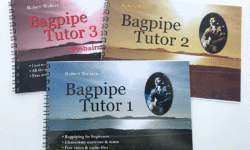 10 Tutor Books for Schools/ Bands/ Trade£105.00
10 Tutor Books for Schools/ Bands/ Trade£105.00 -
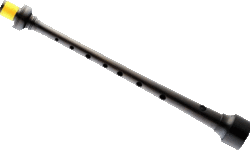 Pipe Chanters – Solo Poly or Solo Blackwood£130.00 – £265.00
Pipe Chanters – Solo Poly or Solo Blackwood£130.00 – £265.00 -
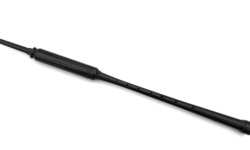 Practice Chanters – Long or Standard Poly£49.00 – £69.00
Practice Chanters – Long or Standard Poly£49.00 – £69.00




















On the direction of the noteheads, I believe this was a technique long taught at the Castle and presumably still at the ASBMHD. With a calligraphic pen, it allows very quick, smudge-free notation to be produced.
I am not sure when it became part of the Army’s standard teaching, but I wonder if Willie Ross picked up the technique from Roddy Campbell, who write in the same way.
I find the MS setting that Archie MacLean has sent to Piping Press written by his father is of significant value in terms of the setting or style and although acquaint with the detail of the setting etc, I have copied it and pinned into my book for reference. I would suggest others do this for information. If the piobaireachd society get such responses due to their talk piobaireachd sessions it adds greatly to the worth of the initiative.
Crystal Palace
https://www.ft.com/__origami/service/image/v2/images/raw/http%3A%2F%2Fcom.ft.imagepublish.prod.s3.amazonaws.com%2F3e38cc2a-7801-11e5-a95a-27d368e1ddf7?fit=scale-down&source=next&width=700